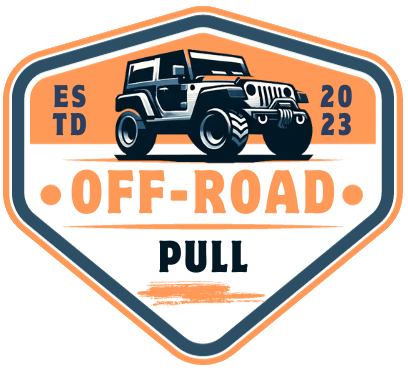When you think of winches, you might picture a rugged off-road vehicle pulling itself out of a tough spot. But winches are more than just tools for adventure enthusiasts.
They are versatile machines used in various industries, from construction to marine applications.
In this article, we’ll explore the different types of winches and their unique features.
Winches come in various types, each powered differently and suited for specific tasks.
Electric winches, for example, are popular for their ease of use and are available in both DC and AC types.
Hydraulic winches, known for their high load capacity, are ideal for heavy-duty applications.
Pneumatic winches offer safety advantages in certain environments, while manual winches are simple and reliable for smaller tasks.
Understanding the different types of winches and their applications when buying any quality winch is important.
This guide will provide you with the knowledge to make an informed decision, whether you’re a weekend adventurer or a professional in need of a reliable winching solution.
Types Of Winches
The power source of a winch is a critical factor that defines its suitability for various applications.
Let’s delve into the details of different types of winches based on their power sources:
1. Electric Winches
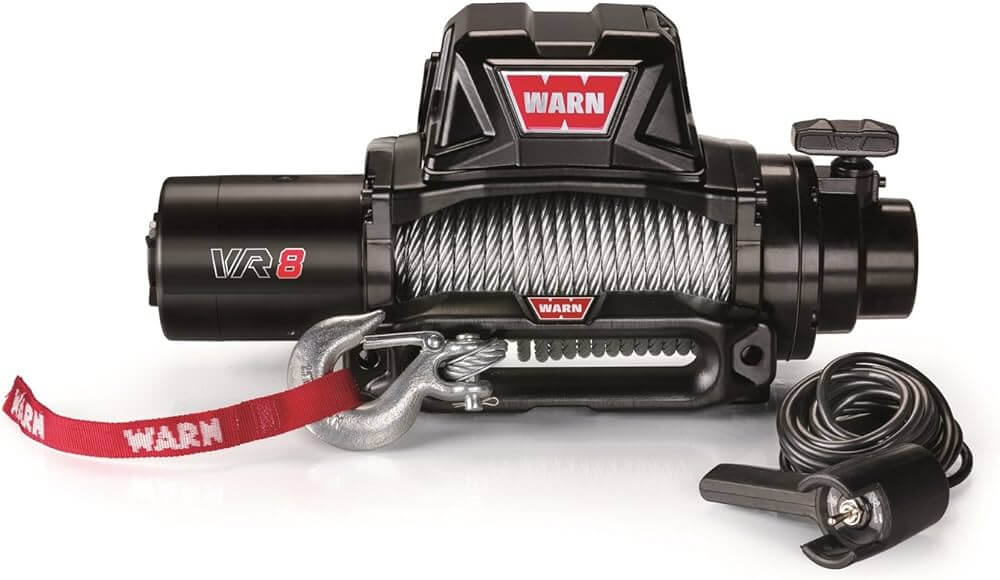
Electric winches are popular due to their ease of use and convenience. They are primarily categorized into two types based on their power source:
Direct Current (DC) and Alternating Current (AC).
DC Electric Winches
These winches are commonly used in mobile applications, such as off-road vehicles and trailers.
Their primary advantage lies in their portability and the ability to operate directly off a vehicle’s battery.
This makes them incredibly useful in situations where access to a stationary power source is not feasible, such as in remote off-road locations or during emergency recovery operations.
However, their dependency on a vehicle’s battery means their usage is limited by the battery’s capacity and the winch’s power consumption.
AC Electric Winches
AC winches are designed for stationary applications, such as garages, workshops, or industrial settings. They are connected to a standard power outlet, providing them with a consistent and reliable power supply.
This makes them ideal for tasks that require prolonged winch operation without the worry of draining a battery.
The downside is their lack of portability, as they require proximity to an electrical outlet, limiting their use in remote or mobile applications.
2. Hydraulic Winches
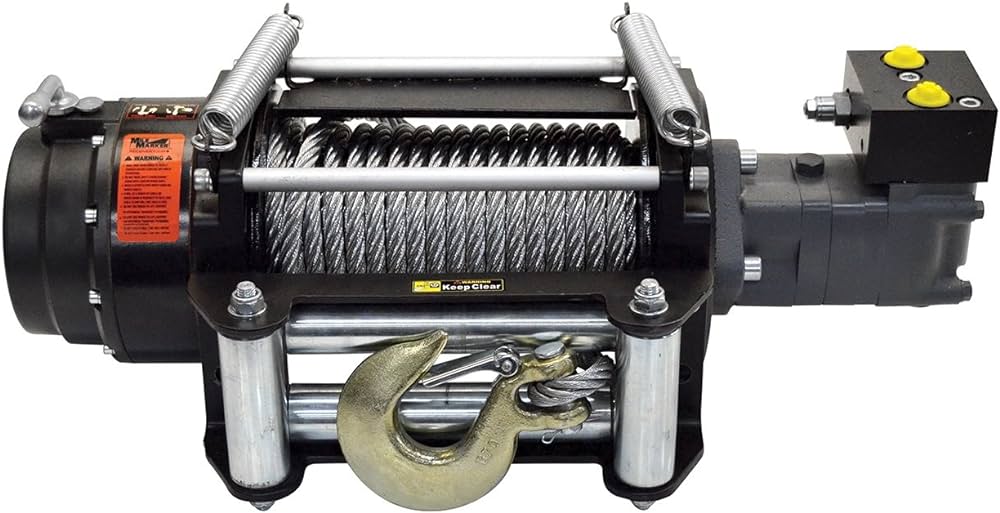
Hydraulic winches are the powerhouses among winches, known for their high load capacity and endurance, making them suitable for heavy-duty applications.
Operation: These winches operate on fluid power, utilizing a hydraulic system to generate force.
This system allows for consistent and controlled power delivery, which is essential in applications requiring precision and sustained operation, such as construction, heavy towing, and marine applications.
Types: The two main types of hydraulic winches are open-center and closed-center systems.
Open-center systems are designed to work with hydraulic systems where the fluid continuously circulates through the pump, whether the winch is in operation or not.
Closed-center systems, in contrast, are used with hydraulic systems that provide flow only when needed.
The choice between open-center and closed-center systems depends on the existing hydraulic setup and the specific requirements of the task.
3. Pneumatic Winches
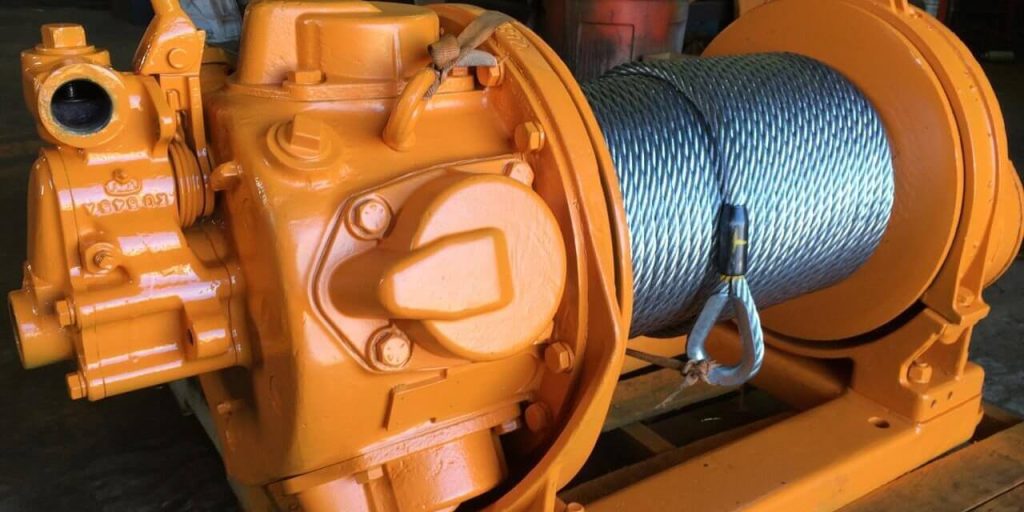
Pneumatic winches offer a unique set of advantages, particularly in terms of safety and portability.
These winches are powered by compressed air, making them ideal for use in environments where electrical or hydraulic systems might pose a risk, such as in volatile or explosive atmospheres commonly found in mining or industrial applications.
Their reliance on air power also makes them inherently safer in such environments.
Limitations: The performance of pneumatic winches is dependent on the availability and capacity of an air compressor.
This reliance can be a drawback in terms of mobility, as the need for an air compressor means additional equipment must be transported and set up.
Additionally, the overall efficiency and power of the winch are limited by the compressor’s performance.
4. Manual Winches
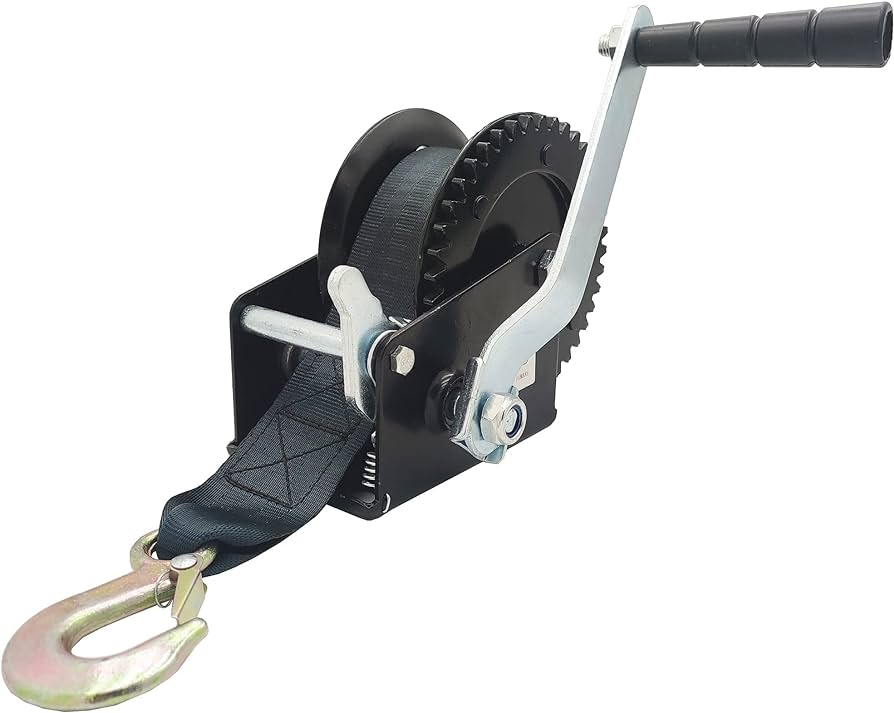
Manual winches (also called hand winches) stand out for their simplicity and reliability, requiring no external power source.
Types and Benefits: These winches are operated by hand, using mechanisms like gear winches or ratchet winches.
They are highly cost-effective and provide a level of self-reliance that is unmatched by powered winches.
Manual winches are particularly useful in applications where access to power is limited or non-existent, such as in remote outdoor settings or for small-scale operations.
Applications: Their applications range from small boats and trailers to simple lifting and pulling tasks in agriculture or construction.
The physical effort required to operate these winches is their primary limitation, making them less suitable for heavy or prolonged use.
Applications of Winch
Off-Road Winches
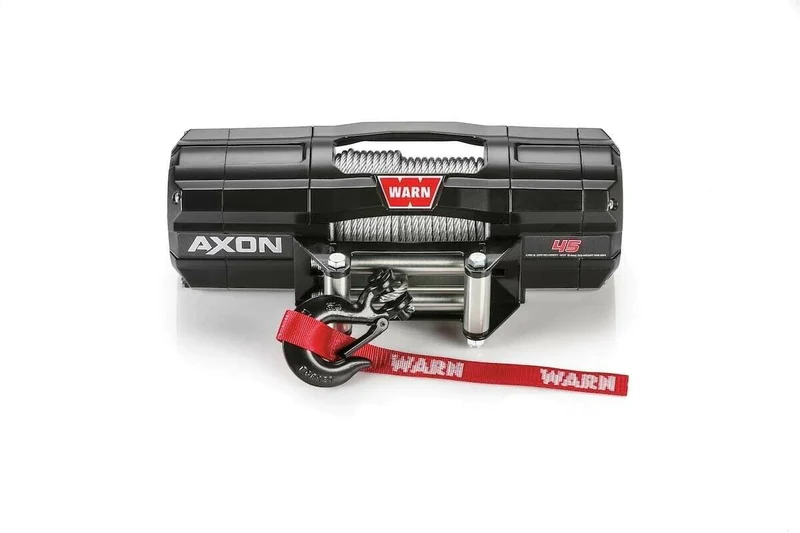
For off-road enthusiasts like us, winches are a lifeline. They are used for vehicle recovery, self-rescue, and navigating tough terrain.
Electric recovery winches and hydraulic winches with synthetic ropes are popular choices, offering the necessary power and durability.
Construction Winches
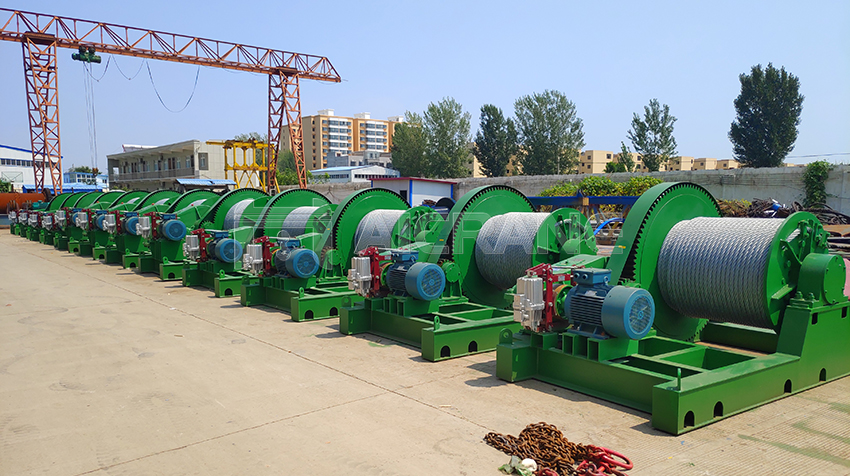
In construction, winches play a pivotal role in lifting materials, rigging, and pulling equipment. Specific types, like friction winches and planetary winches, are designed for these heavy-duty tasks, offering the necessary power and control.
Marine Winches
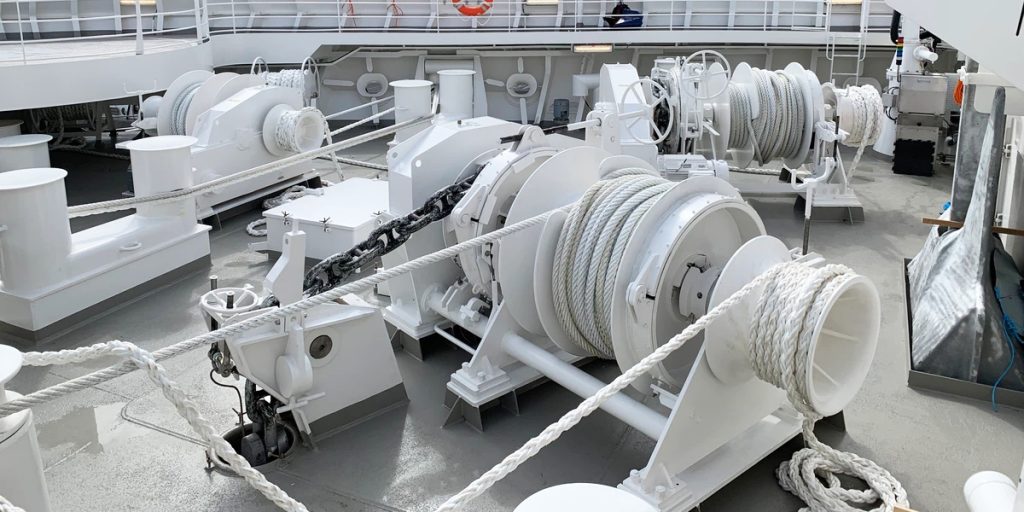
The marine industry relies heavily on winches for anchoring, mooring, and towing. From anchor winches to capstans and towing winches, each type is engineered to withstand the harsh marine environment while providing reliable performance.
Other Applications
Winches also find their place in forestry, mining, and stage rigging, showcasing their versatility across various sectors.
Conclusion
Now, you’re armed with the knowledge to navigate the exciting world of winches. Remember, the right winch is your trusty sidekick, helping you conquer challenges and live life to the fullest. So, go forth, explore, and unleash your inner winch master!
And hey, if you get stuck along the way, don’t worry. Just remember this guide and reach out for help. After all, that’s what communities are for, right?
Happy winching!
